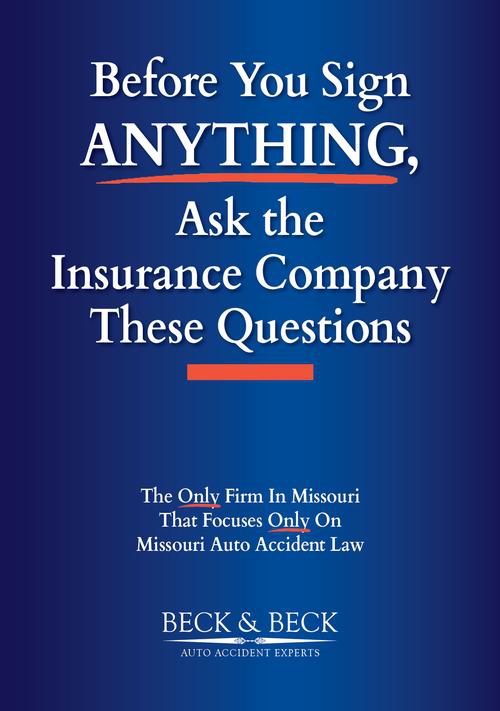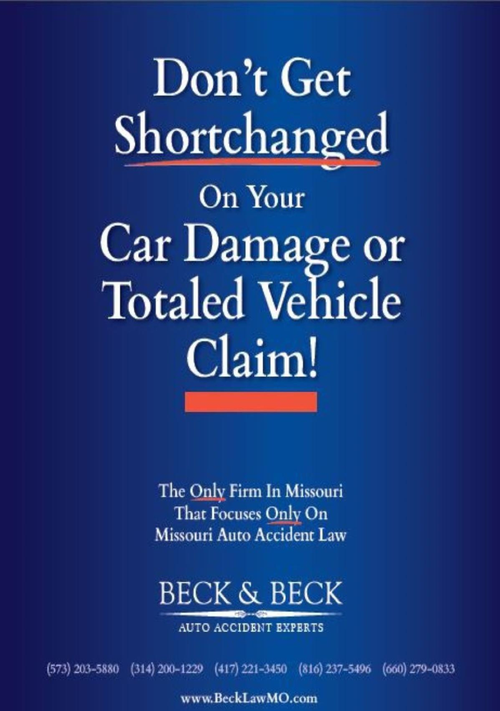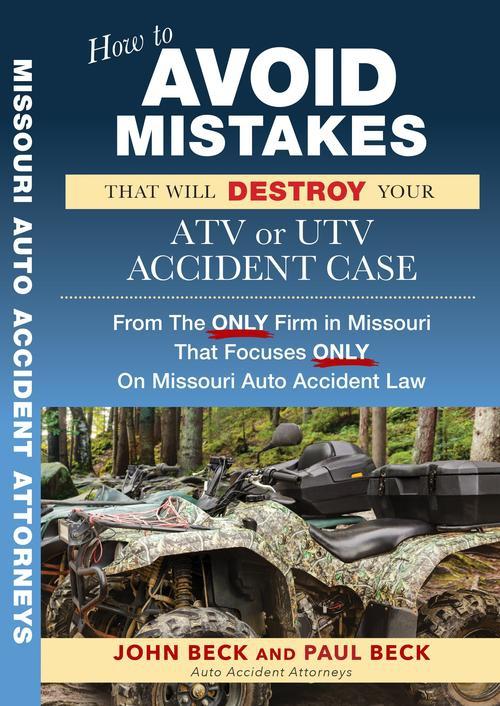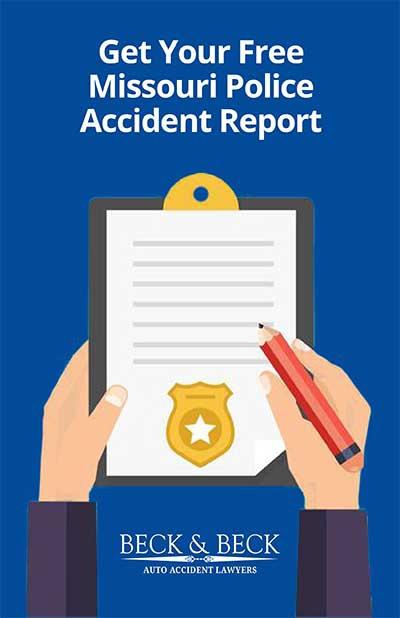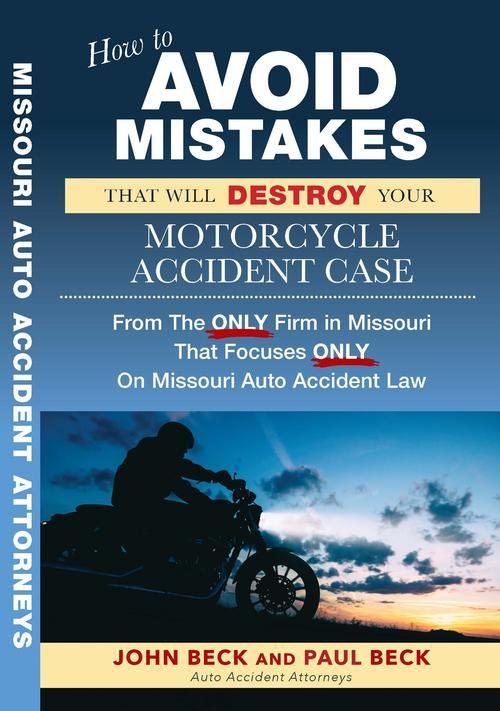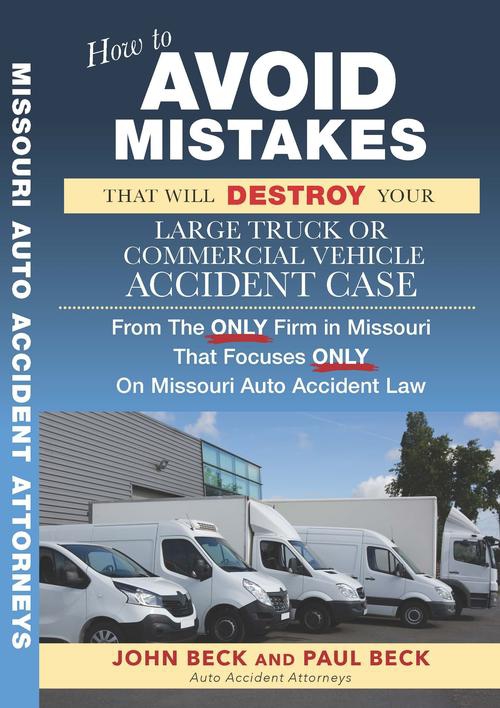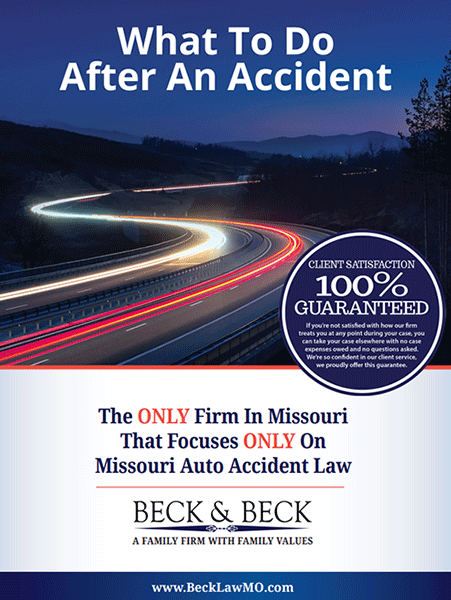In Missouri, improper lane change accidents occur when a driver switches lanes without signaling, checking blind spots, or ensuring sufficient space, violating state traffic laws and creating dangerous conditions that often lead to serious collisions.
Missouri law requires drivers to change lanes only when it’s safe and prudent, and violations can result in both traffic citations and liability for any resulting accidents.
How Improper Lane Change Accidents Happen
When drivers don’t follow basic lane-changing safety, serious crashes can result.
The lane-change errors that often lead to accidents are:
- Changing lanes without using a signal, catching other drivers off guard.
- Cutting in tightly in front of another car, leaving little space to respond.
- Crossing several lanes at once, which can make traffic unpredictable and dangerous.
- Weaving through multiple lanes quickly, creating confusion and a higher chance of a crash.
- Changing lanes in intersections, construction zones, or other restricted areas, which is unsafe and often illegal.
- Forgetting to check blind spots, meaning other cars or motorcycles might be hidden until it’s too late.
- Moving into a lane while traveling much faster or slower than traffic, which makes it hard for others to adjust.
In a lot of wrecks, more than one mistake is involved. A driver may skip using a signal while also misreading another car’s speed, or they might cut someone off as they weave across lanes.
Pinning down the full sequence of actions shows where the fault lies and makes sure the injured party can be compensated for every loss.
What Missouri Laws Apply to Lane Changes?
Missouri sets out specific rules for safe lane changes, and the purpose is to cut down on crashes while keeping traffic flow steady and predictable for everyone.
Section 304.015
On highways with four or more lanes, drivers are expected to stay in the right lane unless they are passing. The left lanes are meant for passing traffic rather than cruising at your own pace, and after you’ve completed a pass, you’re required to return to the right lane once it’s safe.
Remaining in the left lane without passing—often called “left lane camping”—is prohibited under Missouri law.
Section 304.016
Passing must generally be done on the left, and you have to leave enough room to make the move safely. You cannot merge back into the right lane until your vehicle has fully cleared the one you just passed.
Missouri law does allow passing on the right in limited situations, such as when the car ahead is turning left or when you’re on a one-way street with multiple lanes available.
Following Too Closely – Section 304.017
Driving too close to the car in front reduces the space needed for safe lane changes and also leaves you without enough reaction time if the lead vehicle brakes suddenly.
Because of this, Missouri requires drivers to leave a reasonable distance that takes both speed and road conditions into account, which gives all drivers the room they need to adjust lanes without raising the risk of a collision.
Who Is at Fault in a Lane Change Accident?
In Missouri, the driver who makes an unsafe lane change is generally considered at fault for any resulting crash, since our state follows an at-fault system where the negligent driver’s insurance is expected to cover injuries and property damage.
However, responsibility is not always clear in the moments after a wreck, and insurance companies typically review the details closely to figure out what each driver did or failed to do.
If Two Drivers Merge Into One Lane
The driver already occupying the lane usually has the right-of-way, which means anyone merging or shifting lanes must yield to vehicles already in that space. Yet when two drivers move into the same lane at almost the same time, liability becomes more complex.
Investigators will look at factors such as who signaled first, how much room was available, and whether either driver was speeding or behaving aggressively.
If You Rear-End After a Sudden Cut-Off
It’s a common belief that the rear driver is always at fault in these situations, but that isn’t correct when someone changes lanes recklessly and leaves too little distance for the following car to stop safely.
In cases where a driver makes an improper lane change directly in front of another vehicle, they can be held responsible, and we have seen many claims where the vehicle that was rear-ended was actually the one that created the danger.
Commercial Trucks and Blind Spots
Because commercial trucks have much larger blind spots than passenger cars, drivers of these vehicles must take extra care to check those areas before moving into another lane to avoid truck accidents.
At the same time, other drivers have a duty not to linger in those blind spots, and if you remain in a position where the trucker cannot reasonably see you, fault for a crash may be shared between both parties.
Missouri At-Fault and Comparative Fault Rules
Missouri follows pure comparative fault, which allows an injured person to recover damages even if they bear some share of the blame. The recovery amount is simply reduced by the percentage of fault assigned.
This means that if you are found 25% responsible, you would still receive 75% of your total damages.
How Driver Error Contributes to Lane Change Accidents
Almost every lane change accident we deal with traces back to driver mistakes, not equipment problems or situations beyond control. In many cases, it’s a mix of routine driving errors that create the danger, such as:
- Distracted driving, where someone is texting, on the phone, or even adjusting the radio while drifting into another lane.
- Some drivers don’t bother with a shoulder check and just trust their mirrors, which leaves blind spots wide open.
- Alcohol or drugs slow people down and mess with judgment, which is why so many drunk drivers end up causing wrecks that didn’t have to happen.
- Speeding, which often causes a driver to weave or make rash lane changes they can’t safely complete.
- Driver fatigue, where drowsiness reduces focus and can make a car drift without the driver noticing.
- Road rage, with aggressive moves meant to intimidate others on the road but often ending in a crash.
- Poor weather conditions, such as heavy rain, fog, or snow, which cut visibility and reduce traction, making every lane change riskier.
Common Crash Types From Lane Changes
The type of accident usually depends on how the lane change was carried out. For instance, a sideswipe can occur when two cars moving the same way make contact along their sides, usually because a driver tried to merge without looking carefully.
In the same way, rear-end collisions may follow when a vehicle slips in too close ahead of another and doesn’t leave enough room for the driver behind to slow down.
Head-on crashes can happen on two-lane roads when a driver tries to pass without enough room and ends up moving into the path of oncoming traffic, sometimes causing a wrong-way accident.
Rollover accidents are another outcome, usually when a driver overcorrects at the last moment to avoid hitting someone, which can make taller vehicles like SUVs or trucks flip.
What Should I Do After a Lane Change Crash?
What you do right after a lane change accident matters for both your health and your claim, because even if you’re shaken up you can still take steps that protect you later on.
Document the Scene and Preserve Video
If it’s safe, take photos of the cars from different angles while also noting where they ended up, the skid marks on the road, and any visible damage. At the same time, look around for traffic or security cameras nearby, since many of these automatically erase recordings after only a few days and you don’t want to lose that evidence.
Ask any witnesses for their names, numbers, and a short description of what they saw, because their accounts can help prove the other driver made an improper move.
Get Medical Care
Always get checked by a doctor after a crash, even if you feel fine at first, since injuries like concussions or soft tissue damage sometimes don’t show symptoms until hours or days later. Your MedPay coverage through auto insurance can cover immediate bills no matter who caused the wreck, while health insurance can step in if you don’t have MedPay.
Don’t wait to seek treatment just because you’re worried about costs, as we can help work out payment arrangements and make sure those expenses are included in your final settlement.
Avoid Recorded Statements to Insurers
The other driver’s insurance company may call within a day or two asking for a recorded statement, and it’s best not to give one before you’ve spoken with us.
Adjusters know how to frame questions so you end up sounding partly at fault, or they’ll try to get you to minimize your injuries and accept a quick payout that’s far less than what you’re entitled to.
Let our experienced Missouri auto accident attorneys take over the communication instead, since we understand their tactics and can protect your interests through every step of the process.
Call Beck & Beck Missouri Car Accident Lawyers to Secure Evidence
Reach out to our office right after your accident, since acting quickly is the only way to preserve key evidence that might be lost if too much time passes. Modern vehicles often store data about speed, braking, and steering in the seconds before a crash, and this information can show exactly how the accident unfolded and who was responsible.
At the same time, we work to track down surveillance footage and speak with witnesses while their memories are still fresh, because the sooner we gather this material, the stronger your case will be.
Injured in a Car Crash? Contact Our Missouri Auto Accident Law Firm Today
When another driver’s unsafe lane change causes injuries, you shouldn’t be left to handle everything on your own. At Beck & Beck Missouri Car Accident Lawyers, we’ve been standing up for injured Missourians for more than 35 years, and we’re ready to do the same for you.
You can contact us anytime to go over your case and learn your options, so don’t wait—call today for a free consultation.
Locations where we’ve helped car crash injury victims in Missouri include St. Louis, Springfield, Jefferson City, O’Fallon, Independence, Kansas City, Doniphan, Pine Lawn, Columbia, and more.
Related Articles
Average settlement for a non-injury car accident in Missouri

